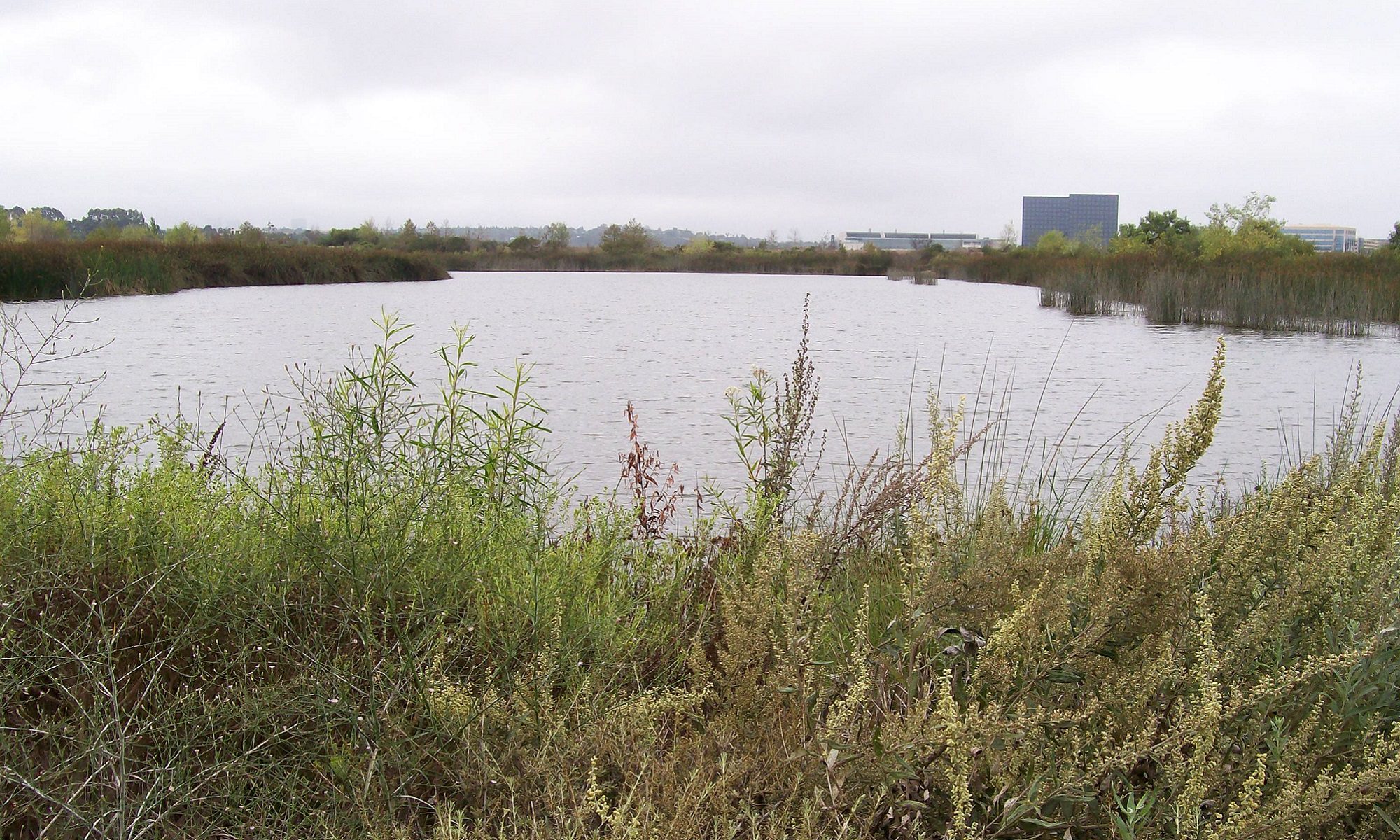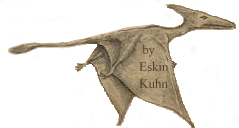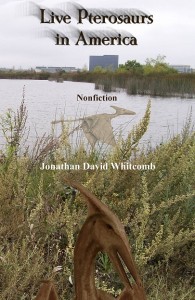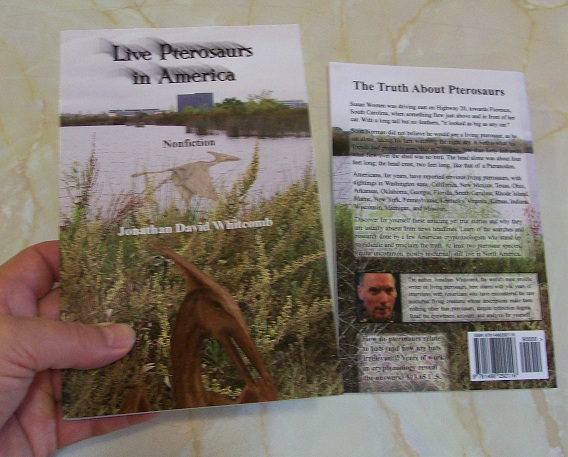“‘Pterodactyls’ are more likely living creatures than hoaxes, according to three separate factors analyzed from eyewitness accounts across the U.S.: Hoaxes have been eliminated as a significant cause of reports.” (Press release in News Blaze and other online news-release pages) I wrote that press release after analyzing the overall eyewitness testimonies in my new nonfiction book Live Pterosaurs in America.
“More likely” understates the case, for no combination of hoaxes can explain the overall data.
Wingspan Estimates
Eyewitness estimates of wingspan “are [27% of them] within . . . 8-10 feet . . . far too small or too big for hoaxers.” Any American trying to pass off a hoax would likely choose standard-model fossil knowledge (Rhamphorhynchoid fossils are small) or ropen reports (mostly much larger than ten feet in wingspan). The peek of eight-to-ten feet is statistical evidence against a hoax or combination of hoaxes.
Details About Featherless Appearance
“Probably” featherless outnumbered “definitely” featherless by about two-to-one, so most eyewitnesses (or supposed eyewitnesses) admitted that they were not certain. This is what we would expect of honest persons who observed something in imperfect (typical) conditions. The point? Why would a hoaxer avoid being positive about featherlessness while trying to convince somebody of a living pterosaur? It is unlikely that even one hoaxer would have thought of that; hoaxers from across the United States, all thinking of that detail–that is unbelievable. So the eyewitnesses (at least as a whole) were telling the truth about what they saw. (Accuracy of interpretation is another subject.)
Long Tails
“The great majority of movie and television portrayals of pterosaurs are of short-tailed Pterodactyloids. In addition, textbooks declare that those were the more-recent pterosaurs.” About 80% of American eyewitness reports of apparent living pterosaurs–that is a lot of long tails, notwithstanding critics’ insinuations of tall tales. If Americans were constantly sending me hoaxes, however, they would be of short-tailed or no-tailed pterosaurs, for that is what is commonly portrayed in our society. That is the third nail in the coffin for the hoax hypothesis.
Refutation of the Pterosaur Hoax Idea (no hoaxes were involved)
Forget about the article in The Illustrated London News (1856) about workmen in a railway-line tunnel in France. It is commonly accepted that the “pterodactyl” that stumbled out of the stone was a hoax. . . . [but] Interviewing eyewitnesses of apparent living pterosaurs, over the past five years, I know that a hoax (or a number of hoaxes) could not have produced the answers they have given me. While writing my book (“Live Pterosaurs in America,” . . .





